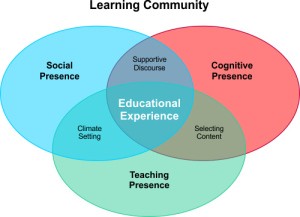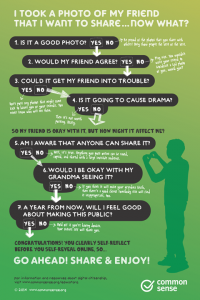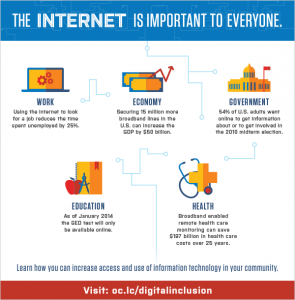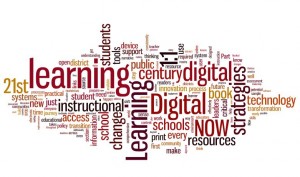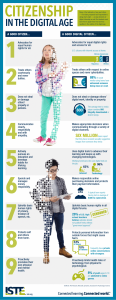I am experienced as an online learner and as a professional online instructor and content developer. I began my online career as a corporate trainer and quickly found that there are a lot of cogs in the wheel of a successful online learning community. The roles are relatively straightforward for the students, designers, and administrators. The instructor, however, must wear many hats in an online community.
As the instructor, my role was clearly defined as a facilitator to learning. The information was readily available; it was my job to present it and cause students to be more engaged and invested in the learning, monitor their progress and report that in SIS. Though my role was defined, it was also extremely adaptive. Sometimes I was simply a moderator, other times a technologist and always a subject matter specialist. Salmon (2001) describes an online instructor as an e-moderator, the person who is responsible for responding to and building on the contributions of others to facilitate learning.
Some of the primary functions may include:
- pacing curriculum
- instructional methods
- establishing time parameters
- delivery and platform expertise
- responding to technical concerns
- assessing efficacy
- Maintaining records in the student information system (SIS)
- Navigation of the learning management system (LMS) to provide methods and gather resources
- establishing netiquette
The role of the learner is that of the participant in an on-line community. The learner is responsible for becoming part of the learning community and retains that autonomy throughout the course using the student information system (SIS). My experience has shown that time management is a significant factor for students new to an online learning model. Without face to face instruction, the instructor cannot read between the lines and gauge how the learner is fairing. Students have to assume the responsibility of registering, paying for, and actively working with the community to develop their understanding of the material. They essentially are responsible for their differentiated learning.
The administrator is like the conductor. They maintain that courses are offered, facilitate student scheduling, and ensure that learning and teaching are happening by enforcing policy and monitoring student progress. An administrator may also encourage professional development and see that instructors are utilizing the tools of the trade to their fullest potential. The administrator will work with the content development team to ensure that course offerings are available in the LMS and resources are in place to support the instructor’s facilitation of the material.
Virtual learning doesn’t just happen. It is a process that involves a team of people engineering a seamless experience for the learner. There are many overlapping concepts, and each person has a role to play.


